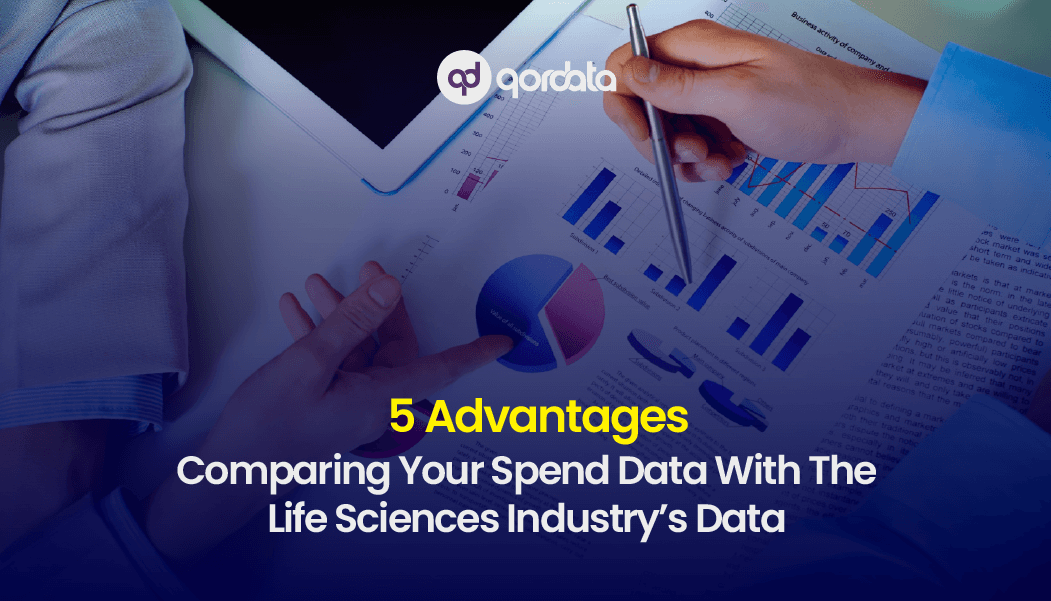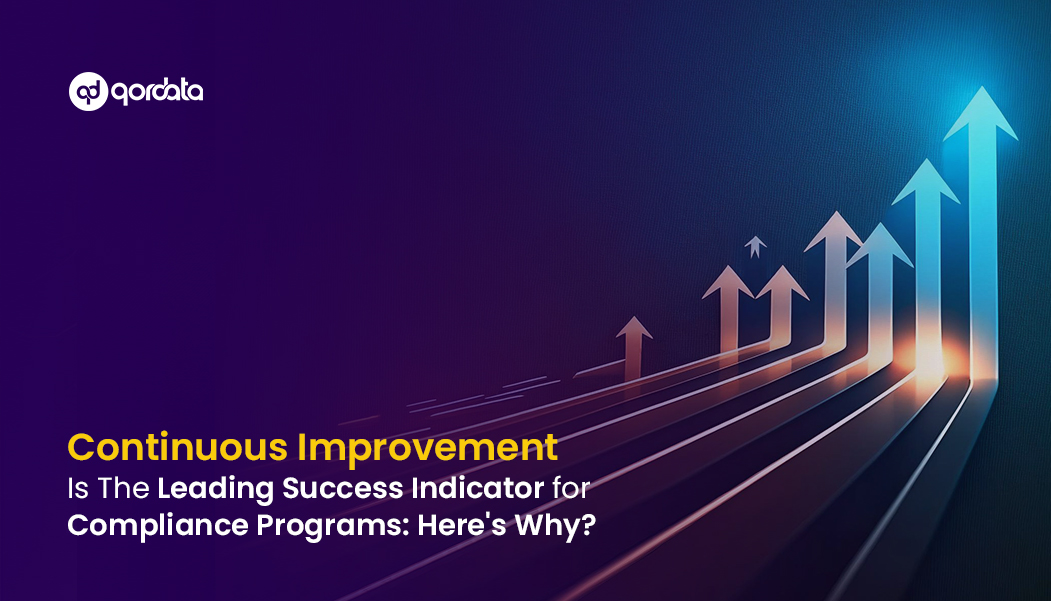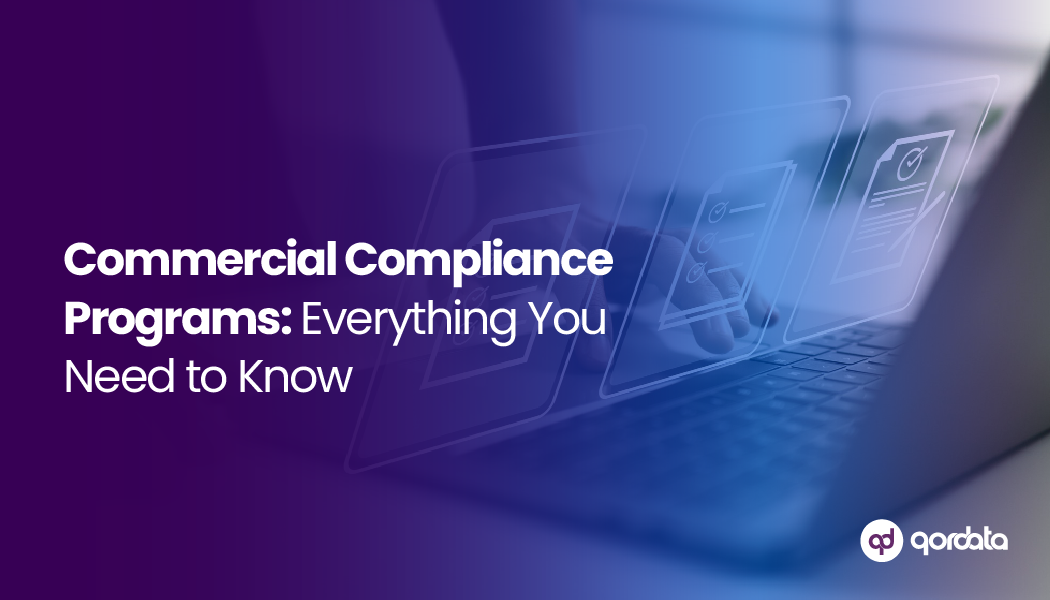Table of Contents
ToggleProactive life sciences companies leverage data analytics to analyze their compliance data, derive insights, and arrive at accurate conclusions instead of waiting for regulators, the media, or civil interest groups to look into their publicly available open payments data to find anomalies.
According to a study, 70% of compliance professionals believe data analytics is essential to their compliance program. The study also found that companies that use data analytics are more likely to identify and remediate risks early on than those lacking the data analytics component in their compliance program.
The research validates the viability of compliance data analytics for life sciences companies in identifying risks, visualizing data for analysis, and ensuring adherence to regulatory requirements.
Some other benefits of leveraging compliance data analytics are:
- Data analytics help companies identify and address compliance risks before they lead to fines, penalties, or other negative consequences.
- Enable companies to streamline their compliance processes and reduce the time and resources spent identifying and mitigating risks.
- Augment the capabilities of an organization’s compliance program.
- Provide companies with insights into their key risk areas and improve decision-making.
Let’s explore how life sciences companies can start their compliance analytics program.
1. Humble Beginnings
Start small before migrating to a sophisticated compliance analytics platform. Initially, you can use spreadsheet software to capture errors or anomalies in your data with filtering tools, the sorting function, and other options available.
You need a sophisticated compliance analytics platform to conduct a comprehensive audit and visualize 100% of your compliance data. However, in the initial phase, you can align your data collection and analysis with regulatory requirements within the spreadsheet.
For example, suppose you are collecting and evaluating your open payments data for CMS submission. In that case, you must comply with all applicable Sunshine Act reporting regulations.
2. Year-Round Review
As a compliance professional, the stress of submitting your aggregate spend data to the CMS builds up in the first quarter of each year. You can take advantage of the rest of the year to review compliance data and identify and remediate any issues early on.
Life sciences companies can use their analytics programs to identify patterns and trends in their data to identify and remediate potential risks before they escalate to critical levels.
Risks such as excessive payments to healthcare professionals or a potential breach of the predefined meal limit can be identified through data analytics and remediated to ensure compliance.
3. Comprehensive Documentation
Nothing compliance professionals learn is too small or immaterial to ignore, as even the smallest aspects of compliance can have a massive impact on the organization’s adherence to regulatory demands. This is what makes documentation imperative for life sciences companies.
Documentation also helps compliance professionals justify the cost of compliance and saves them from the last-minute hassles of compiling data for presenting to stakeholders or regulators.
Moreover, if you’re following in the footsteps of Merck’s program, it would be advisable to create an ‘evidence’ folder to store such data so that you have a document repository explicitly created to provide answers to internal and external investigations.
Pro-Tip: Store your data in a secure and compliant manner. This may involve implementing additional security measures, such as encryption and access controls, to ensure data privacy and protection.
4. A Clear Workflow for Your Analytics Program
Data-driven compliance analytics software ensures the independence of the compliance teams and significantly reduces the probability of human error that generally occurs while collecting, sorting, and analyzing data.
However, it is essential to note that compliance analytics programs rely on data to deliver insights through which compliance professionals identify, prioritize, and mitigate risks.
If the data is inaccurate, the program will not be effective. For this reason, the data flow needs to be clear, accurate, and qualitative.
Compliance professionals can develop a clear and concise workflow for the organization’s analytics program to enable it to run smoothly and efficiently.
They can also implement data quality controls to ensure your compliance data meets the quality standards and regularly review the data to identify errors or anomalies.
5. Managing Regulatory or Stakeholder Investigations
Public investigators and the media are unaware of the capabilities of your compliance program, the measures you have taken to ensure compliance, and the corrective and preventive actions you’re implementing to address your organization’s compliance challenges.
They will only learn about your company’s compliance stature when you publicly announce it or if the government identifies compliance risks within your organization.
Therefore, being prepared to explain your data and findings to stakeholders and regulators is the way forward for compliance professionals.
The best way to make sense of your data is through compliance analytics. Once it does, assess your data for the perception it creates and be prepared to support that perception with answers when being investigated by the regulatory authorities and stakeholders.
6. Recruiting Talent
Compliance data analytics will provide better visibility and analysis into your compliance operations; however, your job as a compliance professional does not end there.
You must train the right talent to leverage the newly developed compliance data analytics capabilities and use the insights to augment your compliance program, ensuring data-driven compliance.
Pro-Tip: Hire candidates with a strong understanding of life sciences regulations and train them to use data-driven insights. A trained team of compliance professionals leveraging data to drive compliance in the right direction would enable you to achieve your organization’s compliance goals.
7. Leveraging A Compliance Analytics Platform
Sophisticated Compliance analytics platforms are valuable for life sciences and compliance professionals. They can help companies proactively manage compliance risks, enhance operational efficiency, and make informed decisions about improving their compliance program.
Following are a few ways in which Compliance analytics platforms help life sciences and compliance professionals:
- Compliance analytics platforms can help companies to identify potential compliance risks before the regulatory authorities do.
- Enable companies to streamline their compliance processes and improve the efficiency of their compliance program.
- Provide companies with actionable insights into their compliance data. This information can be used to make informed decisions.
Conclusion
Starting a compliance analytics program can seem challenging, but given the heightened expectations of regulatory authorities and the evolving nature of rules and regulations, developing an analytics program has become essential to ensuring compliance at all levels.
Following the tips in this blog post, you can start your compliance analytics program and improve your overall compliance posture.
Here are the key takeaways from this blog post:
- Start small: You don’t need to invest immediately in a sophisticated compliance analytics platform. You can start by using spreadsheet software to capture errors and anomalies in your data.
- Conduct a year-round review: Don’t wait until year-end to review your compliance data. Use your analytics program to monitor your data throughout the year and identify potential risks early on.
- Documentation: Documentation is essential for any compliance program. Be sure to document your data collection, analysis methods, and findings.
- Develop a clear workflow: Create a clear and concise workflow for your analytics program. This will help to ensure that your program is running smoothly and efficiently.
- Be prepared to explain your data: Be prepared to explain your data and findings to stakeholders and regulators.
- Recruit the right talent: Hire candidates with a strong understanding of life sciences regulations and train them to use data-driven insights.
- A sophisticated compliance analytics platform: A compliance analytics platform can help you to proactively manage compliance risks, enhance operational efficiency, and make informed decisions about improving your compliance program.



